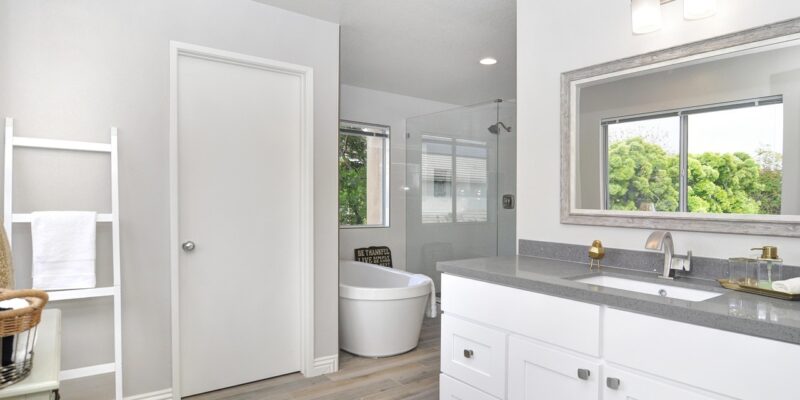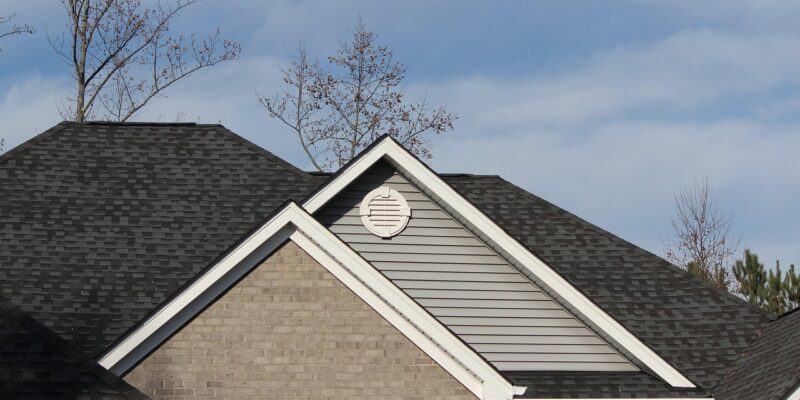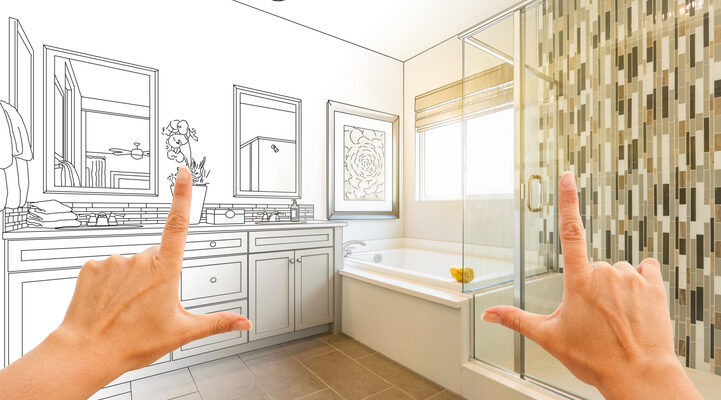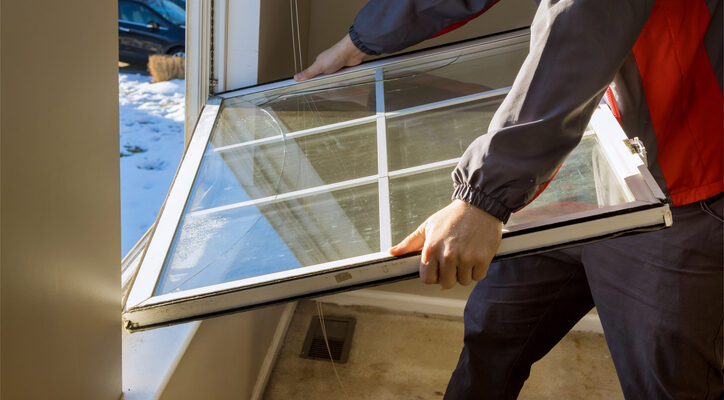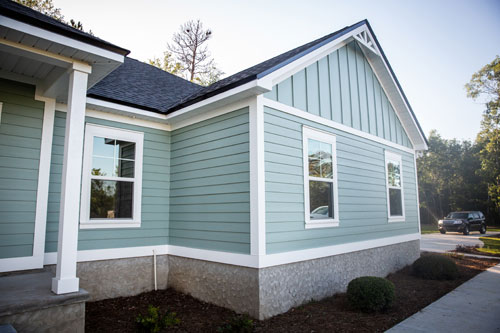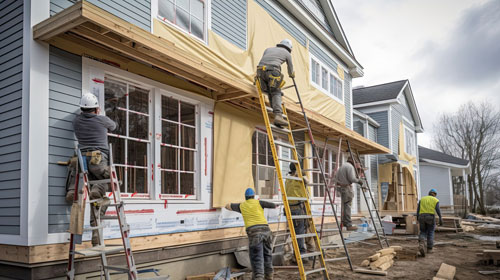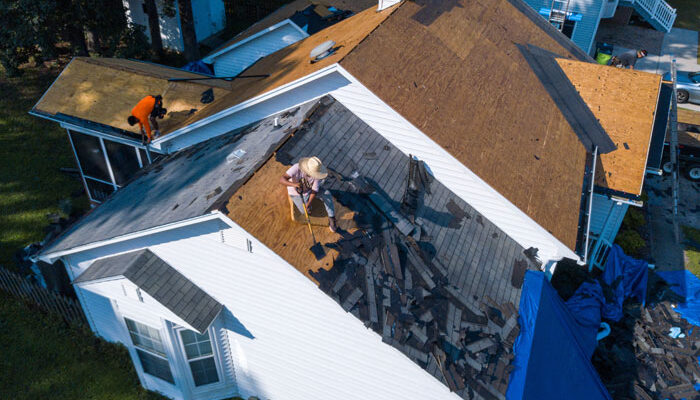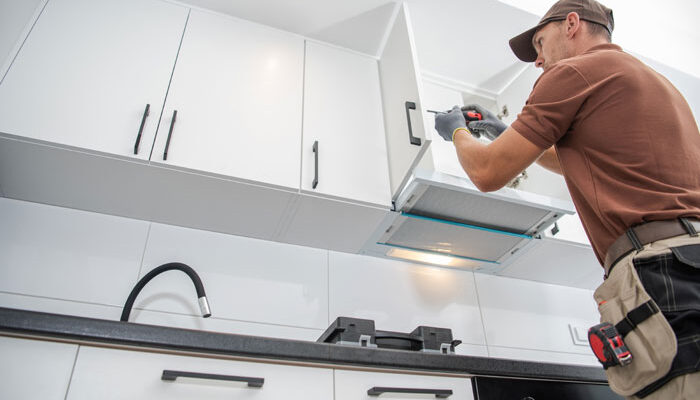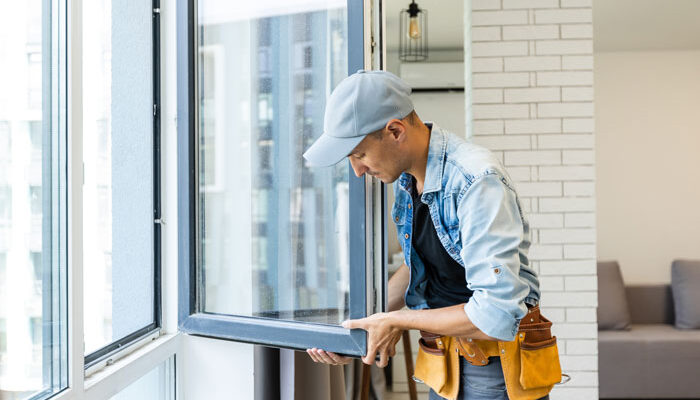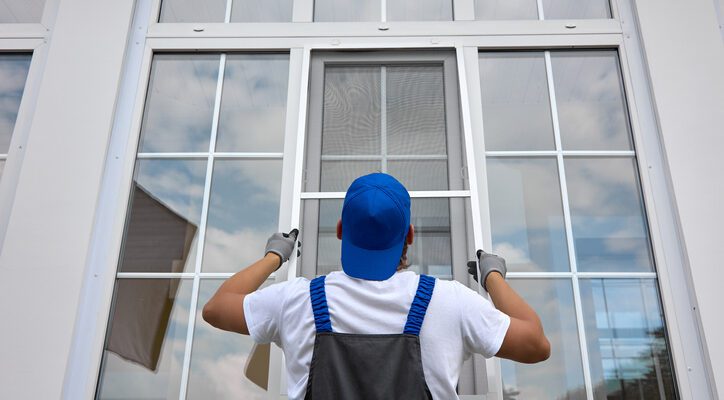Remodeling your bathroom can completely transform the look, functionality, and value of your home. Whether you’re upgrading a dated design, increasing energy efficiency, or creating your dream spa-like oasis, a successful bathroom remodeling project starts with careful planning and informed decisions. In this comprehensive guide, we’ll walk you through each phase of a bathroom renovation—from concept to completion—so you can create a stunning, functional space that reflects your style and meets your needs.
Step 1: Define Your Bathroom Remodeling Goals
Before you start tearing down walls or purchasing new tiles, it’s essential to establish clear goals for your bathroom renovation. Ask yourself:
- Are you looking to improve aesthetics, functionality, or both?
- Is this a guest bathroom, master en-suite, or half-bath?
- What is your budget range?
- Do you want to make eco-friendly or energy-efficient upgrades?
Clarifying your goals helps guide every decision throughout the process. If your priority is luxury, you might focus on high-end finishes and smart fixtures. If functionality tops the list, consider storage solutions, lighting, and water-saving features.
Step 2: Set a Realistic Budget
Budgeting is a crucial aspect of any bathroom remodeling project. While it’s tempting to splurge on luxury features, having a realistic financial plan ensures that your project stays on track. Consider costs for:
- Design and planning
- Materials (tiles, vanities, fixtures, etc.)
- Labor (plumbers, electricians, remodeling contractors)
- Permits and inspections
- Unexpected expenses (always reserve 10-15% for surprises)
If you’re unsure about costs, consult with a remodeling contractor or interior designer for a professional estimate based on your space and desired upgrades.
Step 3: Gather Bathroom Design Inspiration
A great bathroom design starts with inspiration. Look through magazines, home improvement websites, Pinterest, and bathroom showrooms to collect ideas. Consider styles such as:
- Modern (clean lines, neutral colors, minimalistic)
- Traditional (ornate fixtures, classic tiles, warm tones)
- Rustic (natural wood, stone, vintage hardware)
- Spa-inspired (soothing tones, rain showerheads, soaking tubs)
Once you’ve narrowed down your style preferences, create a vision board or folder of your favorite layouts, materials, colors, and finishes.
Step 4: Measure and Plan the Layout
Good planning starts with knowing your space. Accurately measure:
- Wall and floor dimensions
- Ceiling height
- Window and door placement
- Plumbing and electrical locations
These measurements are critical when selecting bathroom fixtures, cabinetry, mirrors, and lighting. You may choose to maintain the existing layout for a more budget-friendly renovation or reconfigure the space entirely to improve flow and function.
Common bathroom layout considerations include:
- Shower vs. bathtub: Decide if you need both or prefer a walk-in shower.
- Vanity size: Single vs. double sink, counter space, and storage.
- Toilet placement: Consider privacy and proximity to other features.
- Traffic flow: Avoid cramped or awkward arrangements.
Working with a bathroom remodeling contractor or designer can help you optimize the layout while adhering to code requirements.
Step 5: Select Durable Materials and Finishes
Bathrooms are high-moisture environments, so choosing durable, water-resistant materials is essential for longevity. Key materials include:
- Tile: Ideal for walls, showers, and flooring. Porcelain and ceramic tiles are popular for their durability and wide range of styles.
- Countertops: Quartz and granite are low-maintenance and stylish options.
- Flooring: Waterproof vinyl, ceramic tile, or natural stone are best for bathroom flooring.
- Paint: Use mildew-resistant paint specifically designed for bathrooms.
Also, make thoughtful choices about fixtures and finishes—from faucets and showerheads to cabinet hardware and lighting. Matte black, brushed nickel, and brass are trendy yet timeless.
Step 6: Plan Lighting and Ventilation
Bathroom lighting should be both functional and flattering. A layered lighting approach works best:
- Ambient lighting: Ceiling-mounted lights or recessed fixtures.
- Task lighting: Vanity lights or sconces near mirrors.
- Accent lighting: LED strips under cabinets or around mirrors.
Proper ventilation is just as important as lighting. A high-quality exhaust fan will prevent mold growth, reduce moisture, and protect finishes. Consider installing a humidity-sensing fan for added convenience.
Step 7: Focus on Storage Solutions
Clutter-free bathrooms start with smart storage solutions. Depending on your space and needs, consider:
- Vanity cabinets with pull-out drawers
- Recessed medicine cabinets for extra wall space
- Floating shelves for towels and decorative items
- Built-in shower niches for toiletries
- Tall linen cabinets for extra storage
Custom cabinetry can maximize awkward spaces or corners, especially in small bathrooms.
Step 8: Hire the Right Professionals
Unless you’re an experienced DIYer, most bathroom remodeling projects benefit from professional expertise. Consider hiring:
- A licensed remodeling contractor for full renovations
- A plumber for fixture installation or rerouting pipes
- An electrician for lighting, fan, or outlet upgrades
- A tile specialist for precision in laying tile
- A designer for layout and style guidance
Before hiring, check credentials, reviews, portfolios, and request detailed estimates. A reputable contractor will manage permits, timelines, and subcontractors efficiently.
Step 9: Get the Necessary Permits
Depending on the scope of your renovation, you may need local building permits—especially if you’re moving plumbing or electrical components. Your contractor can typically handle this step, but it’s essential to confirm that all work meets code to avoid future problems or fines.
Step 10: Prepare for Demolition and Construction
Before the remodel begins:
- Remove all personal items from the bathroom
- Protect surrounding areas with drop cloths or plastic sheets
- Set up a temporary bathroom (if applicable)
- Be prepared for noise, dust, and some disruption
Demolition is often the fastest phase, but construction timelines vary depending on the size and complexity of the remodel. Regular communication with your contractor will help manage expectations.
Step 11: Install Fixtures and Finishing Touches
Once plumbing and electrical rough-ins are complete, the finishing phase includes:
- Tile installation for floors, walls, and shower surrounds
- Painting the walls and ceiling
- Installing vanities, toilets, and tubs
- Mounting mirrors, towel bars, and lighting
- Final plumbing and electrical hook-ups
This is where your vision finally comes to life. Keep a punch list to track any minor adjustments or touch-ups needed before final approval.
Step 12: Final Inspection and Enjoy Your New Bathroom
Before declaring the project complete:
- Walk through the space with your contractor
- Test all fixtures and lighting
- Ensure everything is clean and operational
- Address any outstanding items on your punch list
Once satisfied, enjoy your newly remodeled space! Whether it’s a tranquil retreat or a functional family bathroom, you’ve created a room that enhances both your home’s value and your daily routine.
Bathroom remodeling is a rewarding journey that combines creativity, planning, and craftsmanship. By clearly defining your goals, setting a budget, selecting quality materials, and hiring trusted professionals, you can transform your bathroom into a beautiful and functional sanctuary.
Whether you’re planning a complete overhaul or a simple update, remember that every choice—from bathroom flooring to lighting fixtures—contributes to the overall success of your dream bathroom. Take your time, enjoy the process, and don’t hesitate to consult experts when needed.
Pro Tip: Ready to begin your bathroom transformation? Start by creating a checklist of your must-haves and reach out to local remodeling contractors for consultations and quotes. A well-planned bathroom remodel not only improves your lifestyle but also adds lasting value to your home.

